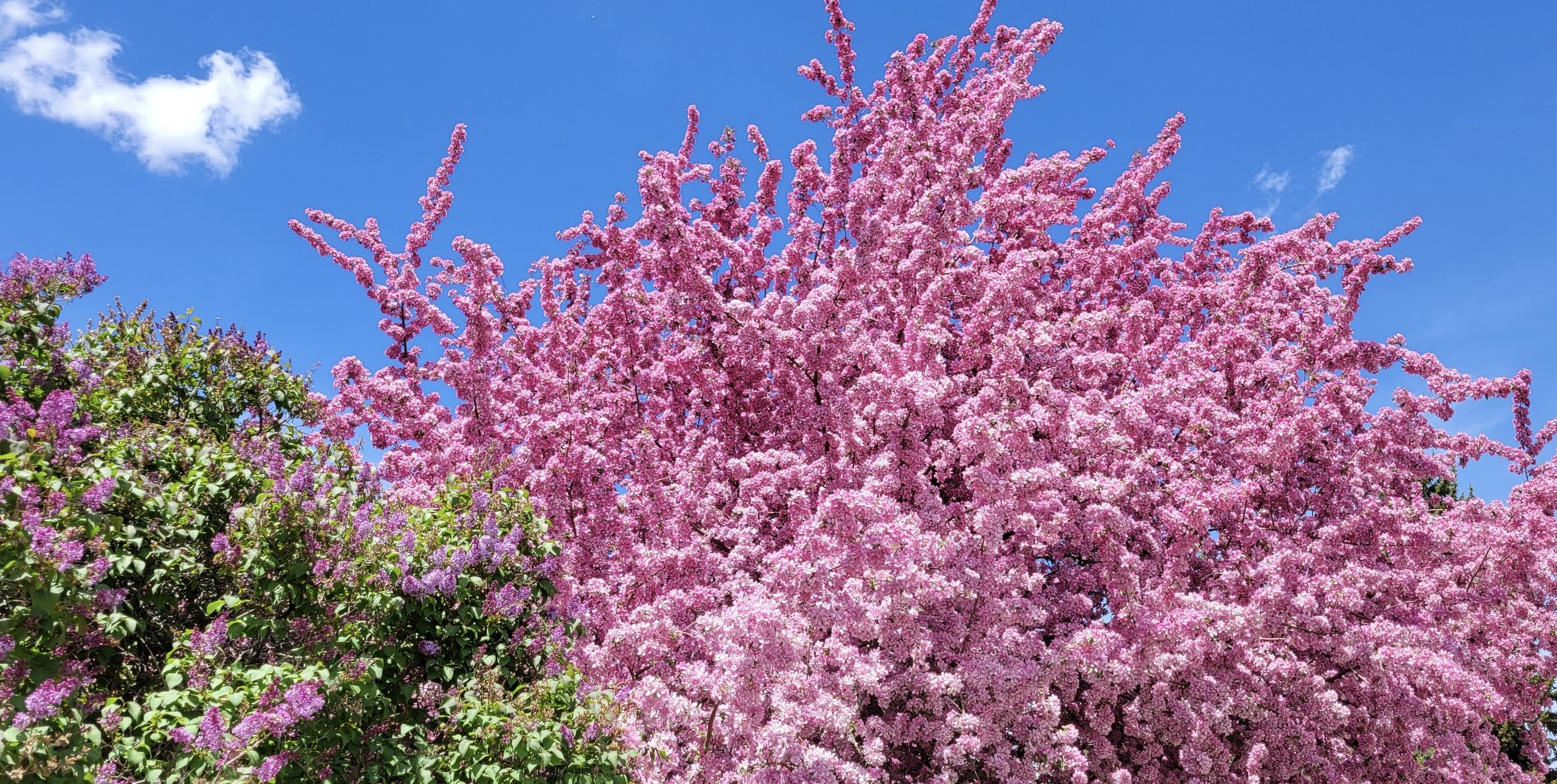
How does Acupuncture work?
Acupuncture uses fine needles inserted into specific acupuncture points. These acupoints trigger nerve responses to create change at the cellular level. Effects include increased blood flow, reduced inflammation, and decreased pain response. Acupuncture releases endorphins and stimulates the body's natural ability to heal itself. These are just a few ways acupuncture works to help you feel better. Click here for a great article explaining in more detail about how acupuncture works.
Does Acupuncture hurt?
Acupuncture needles are very thin, similar to the thickness of human hair. They are nothing like the hypodermic needles used during a shot. In fact, 18-25 Acupuncture needles can fit inside one hypodermic needle! Patients may feel a prick at the initial insertion of the needle. After that, you may experience sensations around the needle or in the body such as a dull ache, tingling, or pressure; these are all normal sensations that in fact indicate the treatment is working. And in case you are wondering, the needles used are always sterile and single use!
How many treatments will I need?
Initially, I generally recommend 4 treatments—once a week for one month. At this point you will notice a shift in your symptoms and be confident the treatments are helping. If your injury is acute, it may only take one or two treatments to resolve. If your condition is chronic and/or severe, it may take another 4-8 treatments for you to find stasis. The effects of acupuncture are cumulative; the more treatments you get the closer together, the quicker everything shifts. Once you are feeling balanced you can start spacing out your sessions. I always recommend coming in for consistent “tune-up” treatments as Acupuncture excels as Preventative Medicine. The frequency of these treatments is up to you and varies for each individual.
What’s the deal with cupping marks?
Cupping and Gua Sha (“Gwa Shaw”) are manual therapy techniques used to relieve muscular tension. These treatments typically leave temporary marks on the skin. These marks are not bruises. They are neither tender nor sore to the touch. Marks are always the darkest after your first session, as they indicate the release of muscular tension and pain. The darker the marks, the more tension was released, and the greater relief you will feel after! With regular treatment, Cupping and Gua Sha will leave lighter and lighter marks. This is a visible indication that your chronic muscle tension is resolving. After receiving Cupping and Gua Sha, the marks will disappear within 3-7 days. To help your body recover after each session, be sure to drink plenty of water, eat a nourishing meal, and go to bed early.
What does Acupuncture Treat?
The World Health Organization (WHO) recognizes the use of acupuncture in the treatment of a wide range of common ailments including:
Upper Respiratory Tract
Acute sinusitis
Acute rhinitis
Common cold and flu
Acute tonsillitis
Respiratory System
Acute bronchitis
Bronchial asthma (Most effective in children and uncomplicated conditions.)
Eye Disorders
Acute conjunctivitis
Central Retinitis Myopia (in children)
Cataracts (without complications)
Mouth Disorders
Toothache
Post Extraction Pain
Gingivitis
Acute and Chronic Pharyngitis
Gastrointestinal Disorders
Spasms of esophagus
Hiccough
Gastroptosis
Acute and Chronic Gastritis
Gastric Hyperacidity
Chronic Duodenal Ulcer (pain relief)
Acute Duodenal Ulcer (without complications)
Acute and Chronic Colitis
Acute Bacillary Dysentery
Constipation
Diarrhea
Paralytic Ileus
Neurologic and Musculoskeletal Disorders
Headache and Migraine
Trigeminal Neuralgias
Facial Palsy (early stage, i.e., within 3-6 months)
Pareses Following a Stroke
Peripheral Neuropathies
Sequelae of Poliomyelitis (early stage, i.e., within 6 months)
Meniere's Disease
Neurogenic Bladder Dysfunction
Nocturnal Enuresis (bedwetting)
Intercostal Neuralgia
Cervicobrachial Syndrome
Frozen Shoulder
Tennis Elbow
Sciatica
Low Back Pain
Osteoarthritis
Carpal Tunnel Syndrome
Back and Knee Pain
Fibromyalgia
Chronic Fatigue
Sports Injuries and Pains
Reproductive & Gynecological Conditions
Premenstrual Syndrome
Dysmenorrhea (menstrual cramps)
Spotting and Excessive Bleeding
Amenorrhea (Loss of Menstrual Period)
Impotence
Infertility
Incontinence
Prostatis
Mental & Emotional Problems
Stress
Anxiety
Depression
Insomnia
The World Health Organization Interregional Seminar compiled the above list of illnesses that may benefit from acupuncture treatment. The list is only a partial list and is based on clinical experience, and not necessarily on controlled clinical research. The inclusion of specific diseases are not meant to indicate the extent of acupuncture's efficacy in treatment, since all conditions may vary in severity and response.
Sources:
1. NIH, Acupuncture, Nov. 3-5, 1997, Vol. 15, No. 5, View the full Consensus.
2. World Health Organization. Viewpoint on Acupuncture. Geneva, Switzerland: World Health Organization, 1979.